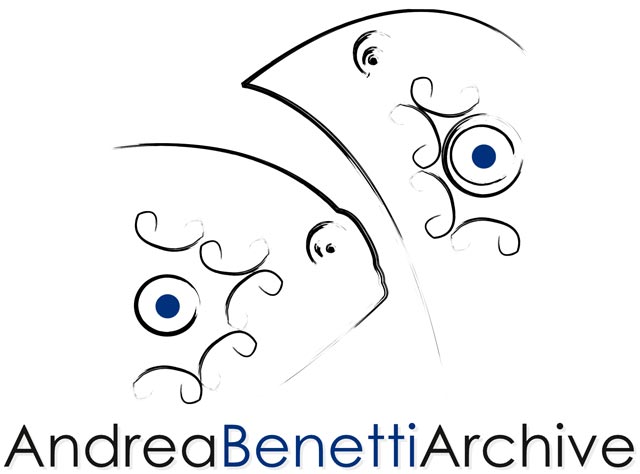Coxale
“At the dawn of humanity, even before inventing writing, man felt the need to communicate, to leave a trace of himself in the world […] That man interacted daily with the sun, the earth, water, and the sky, harmoniously integrating himself into nature; and even when nature did not pose a threat, he respected it with the reverence due to a deity, fully aware of his own limitations […] We must return to the origins of humankind and its primordial art to rebuild a new world, one in which respect for nature and human dignity is finally at the center of human will. Only in this way will we reaffirm the sacredness of life, now lost in exchange for a short-sighted and shrewd lifestyle that is leading the planet to self-destruction.”
What Andrea Benetti proposes in his Neo-Cave Art Manifesto is a return to the origins, a “regression”—or rather, a progression—towards a more primal and profound way of feeling and living.
In a society increasingly indifferent to the environment, focused solely on appearances and cryptic communication methods that exclude human contact, the artist reflects on a system that governs us like puppets and looks to prehistory as the most distant past, yet perhaps the most suitable reference point for taking a necessary step backward—for both the ecosystem and humankind itself.
This is, in essence, the concept at the core of Benetti’s work: he revives and pays homage to primitive art by employing styles and materials characteristic of prehistoric times. Indeed, Benetti starts from the belief that our ancestors were the first—albeit unconsciously—to manifest abstract, figurative, and conceptual art. Paleolithic paintings, engravings, and sculptures are the very first examples of art, characterized by simple, stylized, and symbolic forms representing primary human activities, particularly hunting.
And it is precisely the bone of one of the animals that Homo sapiens once fought that becomes part of Benetti’s installation.
COXALE (from the Latin coxae, “thigh”) consists of a bovine hip bone, approximately 20 years old, enclosed within a 199 cm-high and 25.5 cm-diameter Plexiglas tube. The bone was donated to the artist by the University of Ferrara.
The tube’s ends are covered with textured plaster, evoking the rough, irregular surfaces of cave walls. The central section remains exposed, allowing the bone—suspended from above by a nylon thread—to appear as if levitating in space. This suspension effect is further enhanced when the installation is internally illuminated.
The coxal bone, a symbol of a distant past, appears to float in another dimension, like an hourglass frozen in time, suspended between past and future.
This same contrast is echoed in the juxtaposition of materials: Plexiglas, a cutting-edge modern material, encloses and preserves an ancient artifact, safeguarding it as a testament to our origins and as a model from the past—a source of understanding for shaping both the present and the future.
Thus, prehistoric and contemporary elements coexist within the same work, through which the artist urges us to reflect and ask ourselves:
Is it perhaps time to overturn the order of time itself?
Ilaria Schipani |
Curator and Art Critic |




